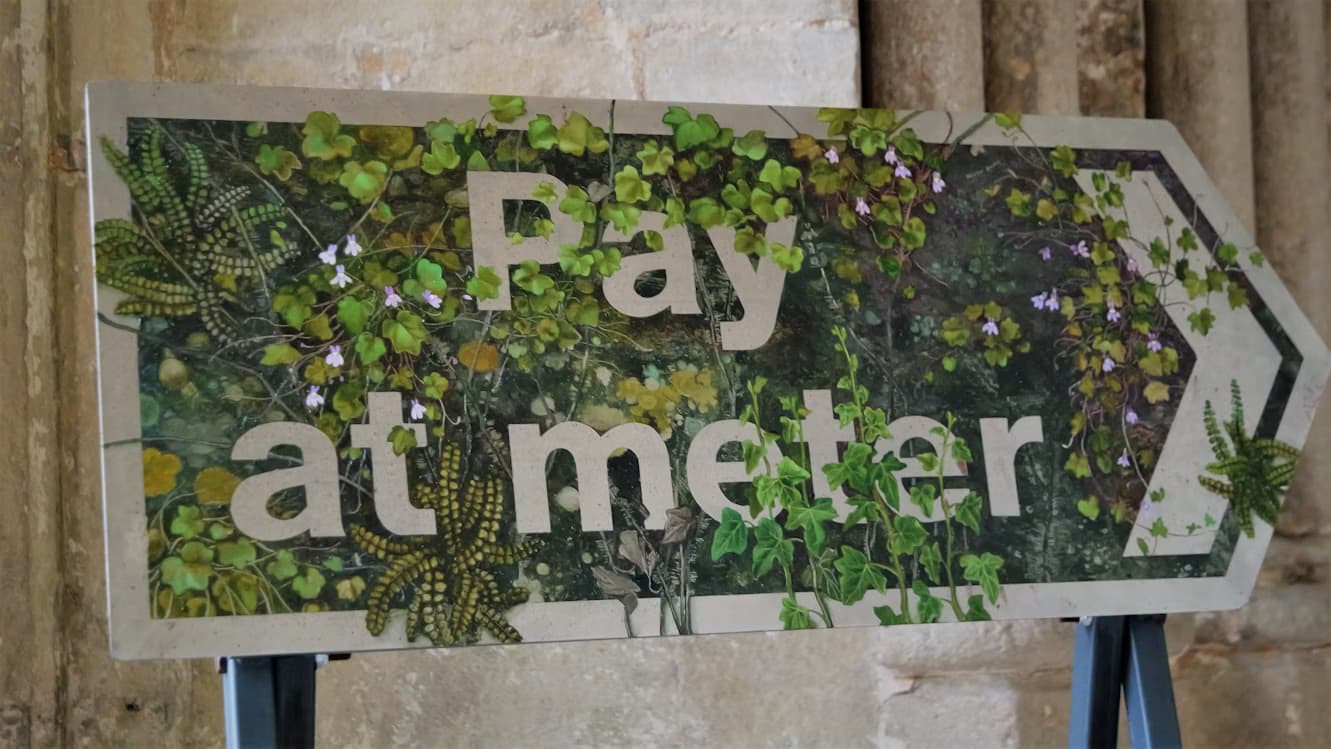Early payment discount or rebate: how much does it cost your business?

Introduction
A client asks you for a 2% discount if they pay within 10 days instead of 30. You accept, relieved to improve your cash flow. But have you calculated what it actually costs you?
The early payment discount is a common practice in Switzerland: you offer an early payment rebate in exchange for quick settlement. On paper, 2% seems reasonable. But when you annualise this cost, the reality is often surprising: this discount can represent an annual interest rate of 36% or more.
For an SME juggling its cash flow, understanding the true cost of a discount is essential. Systematically accepting these requests can weigh heavily on your margins. Refusing can slow down your collections and create liquidity tensions.
This article shows you how to calculate precisely the cost of a discount, assess its impact on your cash flow, and determine the reasonable limits not to exceed. Whether you offer discounts to your clients or negotiate with your suppliers, you'll know exactly what you gain or lose in the transaction.
📌 Summary (TL;DR)
A 2% discount for payment at 10 days instead of 30 represents an annualised cost of approximately 36%, well above classic bank rates. The calculation formula allows you to assess the true cost according to different scenarios and compare this option to financing alternatives. The trade-off depends on your cash flow situation, your margins and the risk of non-payment. Set clear limits and use discounts strategically, not systematically.
📚 Table of contents
- What is an early payment discount?
- The formula for calculating the true cost of a discount
- Concrete example: how much does a 2% discount at 10 days cost?
- Impact on your cash flow: the real trade-off
- What discount rate should you offer your clients?
- Limits and practical precautions
- Negotiating with your suppliers: taking advantage of discounts intelligently
What is an early payment discount?
An early payment discount is a rebate granted to your client if they pay their invoice before the normal due date. Unlike a commercial discount (granted on the sale price) or a rebate (reduction for defect), the discount rewards payment speed.
In Switzerland, the classic formula is "2/10 net 30": 2% reduction if the client pays within 10 days, otherwise the full amount is due at 30 days. Other variants exist: 1% at 15 days, 3% at 7 days, depending on the sectors.
Why offer this advantage? Two main reasons: improve your cash flow by collecting faster, and reduce the risk of non-payment. A client who pays quickly is generally a good payer.
The formula for calculating the true cost of a discount
The discount seems advantageous: 2% reduction to pay 20 days earlier, that's reasonable, isn't it? Not really. To measure the true cost, you need to calculate the equivalent annual interest rate.
Here's the formula:
(Discount rate % / (100 - Discount rate %)) × (365 / number of days gained) × 100
Let's break it down:
Discount rate %: the percentage of rebate offered (e.g. 2%)
Number of days gained: the difference between normal due date and early payment (e.g. 30 - 10 = 20 days)
365: to annualise the rate
This formula reveals the true financial cost of the discount expressed as an annual rate.
Concrete example: how much does a 2% discount at 10 days cost?
Let's take the classic example 2/10 net 30: you offer a 2% reduction if your client pays within 10 days instead of 30.
Applying the formula:
(2 / (100 - 2)) × (365 / 20) × 100
= (2 / 98) × 18.25 × 100
= 0.0204 × 18.25 × 100
= 37.24%
Result: this discount costs you the equivalent of an annual interest rate of 37%. That's much more expensive than a classic bank loan (3-6%) or even an authorised overdraft (7-10%).
You're "buying" 20 days of immediate liquidity at a very high price. This perspective completely changes the perception of a simple "2% rebate".
Other scenarios: 3% at 7 days, 1% at 15 days
Let's see how the cost of the discount varies according to the parameters:
3% at 7 days (net 30): (3/97) × (365/23) × 100 = 49.1% — extremely costly
1% at 15 days (net 30): (1/99) × (365/15) × 100 = 24.6% — more reasonable but still high
2% at 15 days (net 45): (2/98) × (365/30) × 100 = 24.8% — comparable to the previous one
Observation: the higher the discount rate and the shorter the time gained, the more the annualised cost explodes. A discount of 1-2% over 15-20 days remains in an "acceptable" range (20-30%), whilst 3% over a week exceeds 45%.
Impact on your cash flow: the real trade-off
Calculating the cost is one thing, but the trade-off depends on your actual cash flow situation.
When the discount is worthwhile:
You have an urgent need for liquidity
You risk a costly bank overdraft (8-12%)
You need to finance an immediate opportunity (purchase, investment)
In these cases, paying 25-37% annualised can be justified if it saves you from an overdraft or allows you to seize a profitable opportunity. To better manage your cash flow, consult our guide on SME cash flow management.
When it's too expensive:
Your cash flow is healthy
No particular urgency
The cost exceeds your financing alternatives
Comparing the discount to financing alternatives
Let's put the discount in perspective with other options:
Classic bank loan: 3-6% annual — significantly cheaper
Authorised overdraft: 7-10% annual — still twice as cheap as a 2% discount
Factoring: 1-3% of the invoiced amount + management fees — variable depending on volume
2/10 net 30 discount: 37% annual — the most expensive option
Paradox: the discount is the most expensive option in equivalent rate, but also the quickest and most flexible. No bank application, no guarantees, just a commercial agreement. It's a last resort or opportunity financing.
What discount rate should you offer your clients?
If you're the one offering the discount, how do you set the right rate?
Common practices in Switzerland: between 1% and 3%, generally for payment 10 to 15 days earlier.
Calculate your break-even point: if your financing cost (loan, overdraft) is 6% annual, a 2% discount for 20 days (= 37% annual) costs you much more than waiting and borrowing if necessary.
Practical recommendation: offer 1-2% for 10-15 days in advance. This remains attractive for the client whilst limiting your cost. Avoid rates above 2.5% unless there's a critical need for immediate liquidity.
The objective: improve your early payment rebate without sacrificing your margin.
Limits and practical precautions
VAT aspect: the discount reduces the taxable base. If a client pays CHF 980 instead of CHF 1,000, VAT is calculated on CHF 980. You must adjust the invoice or issue a credit note for the difference.
Mandatory mentions: clearly indicate the discount conditions on your invoice: "2% discount if payment within 10 days". This avoids misunderstandings.
Reverse mechanism: the discount rewards quick payment, whilst late payment interest penalises delays.
Administrative management: track who has paid within the deadlines to apply the discount. BePaid helps you track due dates and payment terms, facilitating the management of discounts and reminders.
Negotiating with your suppliers: taking advantage of discounts intelligently
When a supplier offers you a discount, here's how to decide:
Check your cash flow: do you have the liquidity available without putting yourself in difficulty? Consult our article on managing deposits to optimise your cash inflows.
Calculate the real gain: a 2% discount on an invoice of CHF 10,000 = CHF 200 saving. Is it worth mobilising CHF 10,000 immediately?
Negotiate: ask for a longer deadline (15 days instead of 10) or a lower rate (1.5% instead of 2%). The right invoicing timing can also help you align your flows.
The early payment discount represents a real cost often underestimated. A simple 2% over 10 days equates to an annual rate of 44.6%, well above classic bank rates. Before granting a discount, calculate its impact on your margin and compare it to available financing alternatives.
The trade-off depends on your cash flow situation. If you need liquidity quickly, a discount can be justified. But if your finances are stable, it's better to optimise your cash flow management processes and your payment terms rather than sacrifice your margin.
To effectively track your payments and identify clients who settle quickly, create your free BePaid account. You'll be able to automate your reminders, track your collections in real time and make informed decisions about your discount policy.


